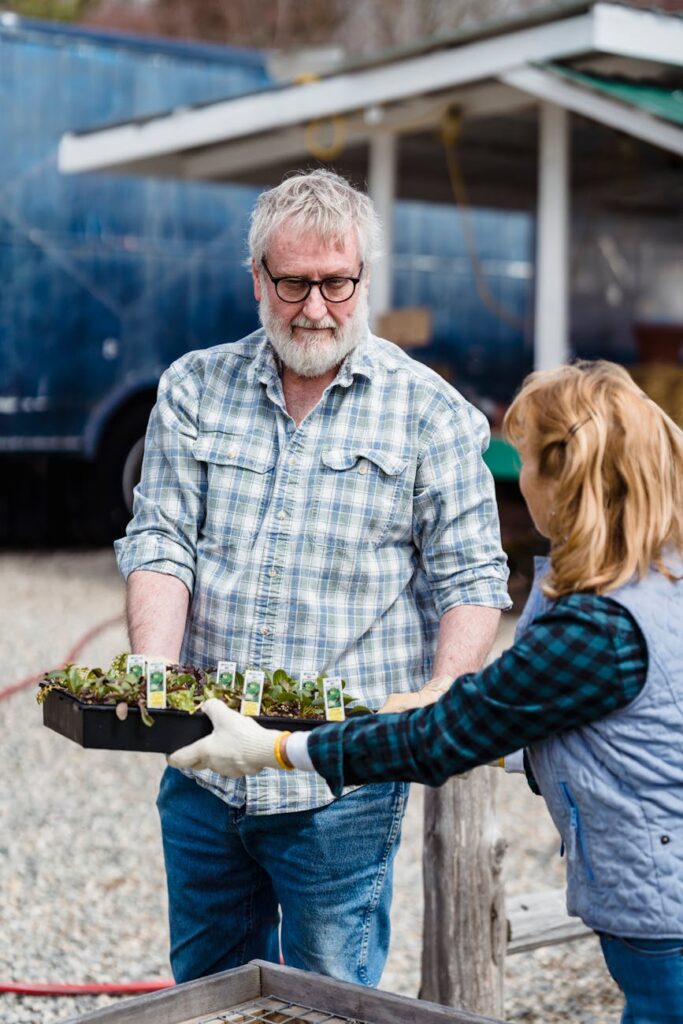Introduction
Small daily choices add up. This article looks at easy, practical eco-friendly daily habits that lower your environmental impact without requiring drastic lifestyle changes. You will find simple actions to cut waste at home, make smarter food choices, reduce energy and transport emissions, and spread sustainable habits in your community. Each section builds on the previous one: reducing consumption makes greener food and energy choices easier, and those choices become more powerful when shared with others. Along the way you will get clear, realistic steps and a table with estimated annual savings to help prioritize which habits matter most. Whether you are starting or leveling up your sustainable routine, these habits are designed to be doable and effective.
Cut waste and reduce consumption
Start where you have the most control: your household. Reducing what you buy and keeping products longer is the fastest way to shrink your footprint. Focus on three areas: single-use items, packaging, and repair.
- Single-use replacements: carry a reusable water bottle, coffee cup, and shopping bag. Choose reusable food storage and beeswax wraps instead of cling film.
- Mindful purchasing: buy only what you need and choose items with minimal or recyclable packaging. Prioritize quality over quantity to extend product lifetimes.
- Repair and upcycle: learn basic repairs for clothing and electronics or use local repair cafes. Extending item life delays replacement and reduces resource use.
These habits lower waste and simplify other choices: less clutter makes it easier to store home-cooked meals, which supports greener food choices discussed next.
Choose sustainable food and reduce food waste
Food choices influence land use, water, and greenhouse gas emissions. Small dietary shifts combined with preventing waste deliver measurable impact.
- Eat more plants: add one or two plant-based meals per week. Swapping one meat meal for legumes or vegetables reduces emissions and often saves money.
- Shop smart: plan meals, buy seasonal produce, and choose local when possible to cut transport and spoilage.
- Cut waste: store food correctly, use leftovers creatively, and compost scraps to return nutrients to soil.
Reducing purchases at home and managing food better are complementary: fewer impulse buys mean less chance food spoils, and cooking more reduces packaging waste from takeout.
Switch to cleaner energy and transport
Energy and travel are major emission sources, but daily habit changes can add up. Combine small lifestyle adjustments with efficient upgrades.
- Lower energy use: swap to LED bulbs, unplug idle electronics, and set thermostats a few degrees lower in winter and higher in summer. Use smart power strips and timers.
- Rethink travel: choose walking, biking, or public transit for short trips. Combine errands to reduce trips and consider carpooling.
- Upgrade when possible: switch to renewable electricity if available and plan for efficient appliances when replacements are needed.
Energy savings reinforce earlier habits: cooking at home and reducing consumption mean fewer deliveries and less transport demand, multiplying environmental benefits.
Make it social: habits that scale
Individual actions are powerful, but sharing habits multiplies the effect. Build routines into your social life and community.
- Share skills: teach friends to repair, compost, or cook plant-based meals. Host a swap meet to exchange items instead of buying new ones.
- Set shared challenges: try a low-waste week with family or a commute-free month at work to normalize changes.
- Advocate gently: ask for reusable options at local cafes or support policies that expand recycling and renewables.
Social reinforcement makes habits stick. When your household and network adopt similar practices, the combined reduction in waste, food emissions, and transport becomes substantial.
Estimated annual savings
| Habit | Estimated CO2e saved per year | Estimated household cost change per year |
|---|---|---|
| Replace 10 bulbs with LEDs | ~200 kg CO2e | ~$60 saved on electricity |
| One meat-free day per week | ~150-300 kg CO2e | ~$100 saved on groceries |
| Bike or walk short trips (2 km each) instead of driving | ~300-500 kg CO2e (varies by distance) | Fuel and parking costs reduced |
| Use reusable bottle/coffee cup | ~10-30 kg CO2e | ~$50 saved on disposable purchases |
| Reduce thermostat by 1-2 degrees | ~100-400 kg CO2e | ~$40-200 saved on heating/cooling |
Conclusion
Small, consistent changes create big environmental results. Start by cutting waste and buying less, then layer in sustainable food choices, energy and transport adjustments, and habits that encourage others to join. Each step supports the next: less consumption makes food planning simpler, which reduces deliveries and energy use, and social sharing multiplies impact. Use the quick wins in the table to prioritize actions that suit your life, and track progress for motivation. You do not need perfection; regular, practical choices add up. Over time, these eco-friendly daily habits reduce your carbon footprint, save money, and help shape a more sustainable community.
Image by: Greta Hoffman
https://www.pexels.com/@greta-hoffman




